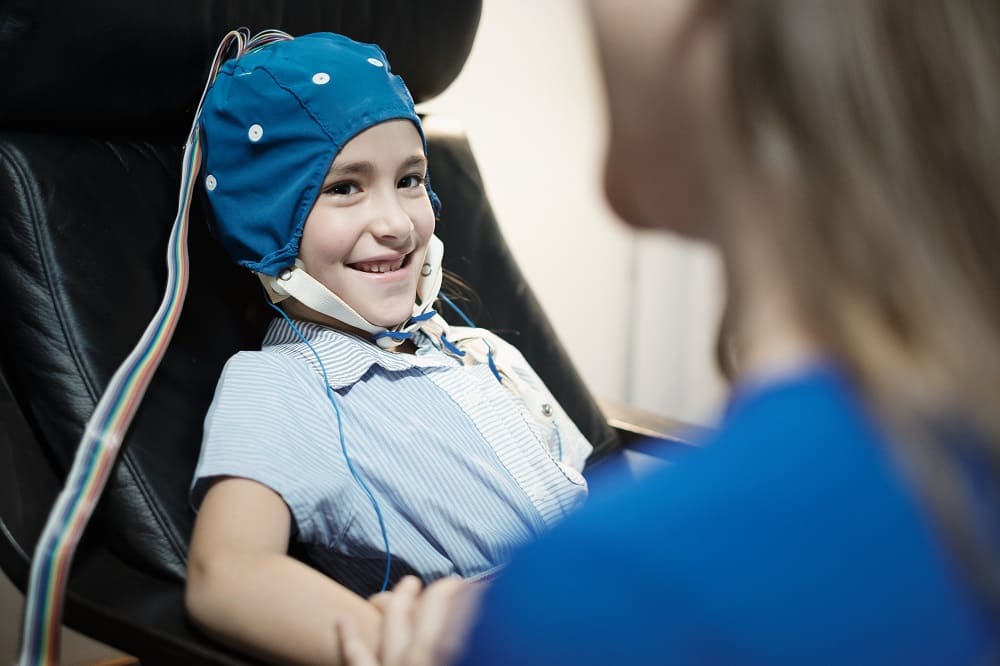Stress Symptoms
There is a lot of talk about stress these days. First of all, here is how dictionary.com defines stress.
- pressure or tension exerted on a material object.
- “The distribution of stress is uniform across the bar”
- synonyms:
- pressure · tension · strain · tightness · tautness · tensity
- a state of mental or emotional strain or tension resulting from adverse or very demanding circumstances.
In this article, I am going to be focusing on number 5, the mental or emotional strain or tension definition. Stress tends to trigger the fight, flight, or flee response which is supposed to be an emergency state which lasts for only a short time. When there is not a short-term emergency requiring a physical response then the state can last for a long time and even become chronic. It may also be triggered repeatedly over a long period of time. When this happens, negative symptoms can result. Here are just a few of the negative symptoms that can develop as a result of mental or emotional stress.





